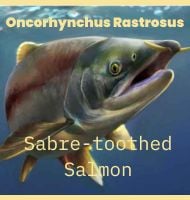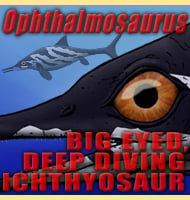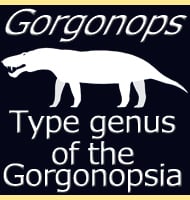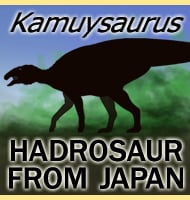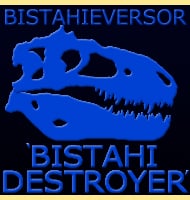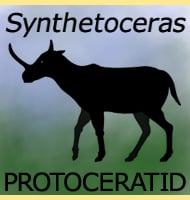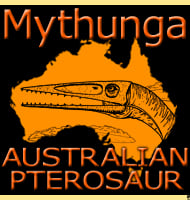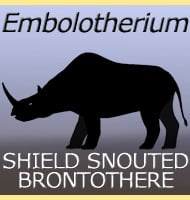In Depth
Gobiatherium is the type genus of its own specific group of uintatheres, the Gobiatheriinae. This is because Gobiatherium lacks the skull horns and tusks that are common features in it relatives, though Gobiatherium still retains some distinguishing characteristics of its own. These include well developed cheek bones and an expanded nasal area where the bones rise up into a form of snout crest, something that might have been a support for a specialised growth of soft tissue. Gobiatherium possibly shared its habitat with pantodont mammals like Hypercoryphodon.
Further Reading
Further reading- Coryphodonts and uintatheres from the Mongolian expedition of 1930. – American Museum Novitates 552:1-16. – H. F. Osborn & W. Granger – 1932.

